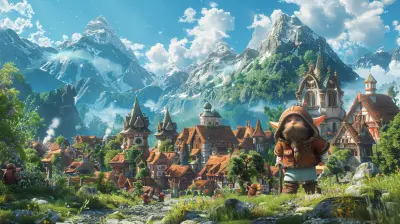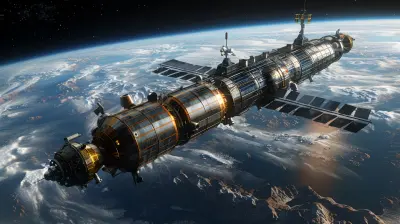Monetization Strategies for Indie Game Developers That Don't Kill Fun
29 May 2025
Indie game development is no joke—it’s a labor of love. You pour your heart and soul into crafting a unique experience that players will enjoy, but at the end of the day, you also need to make a living. The problem? Monetization can feel like walking a tightrope. If you push too hard, you risk alienating your players and ruining the fun factor. But without it, your passion project might never see the financial light of day. So, how do you monetize your indie game without killing the fun? Let’s break it down.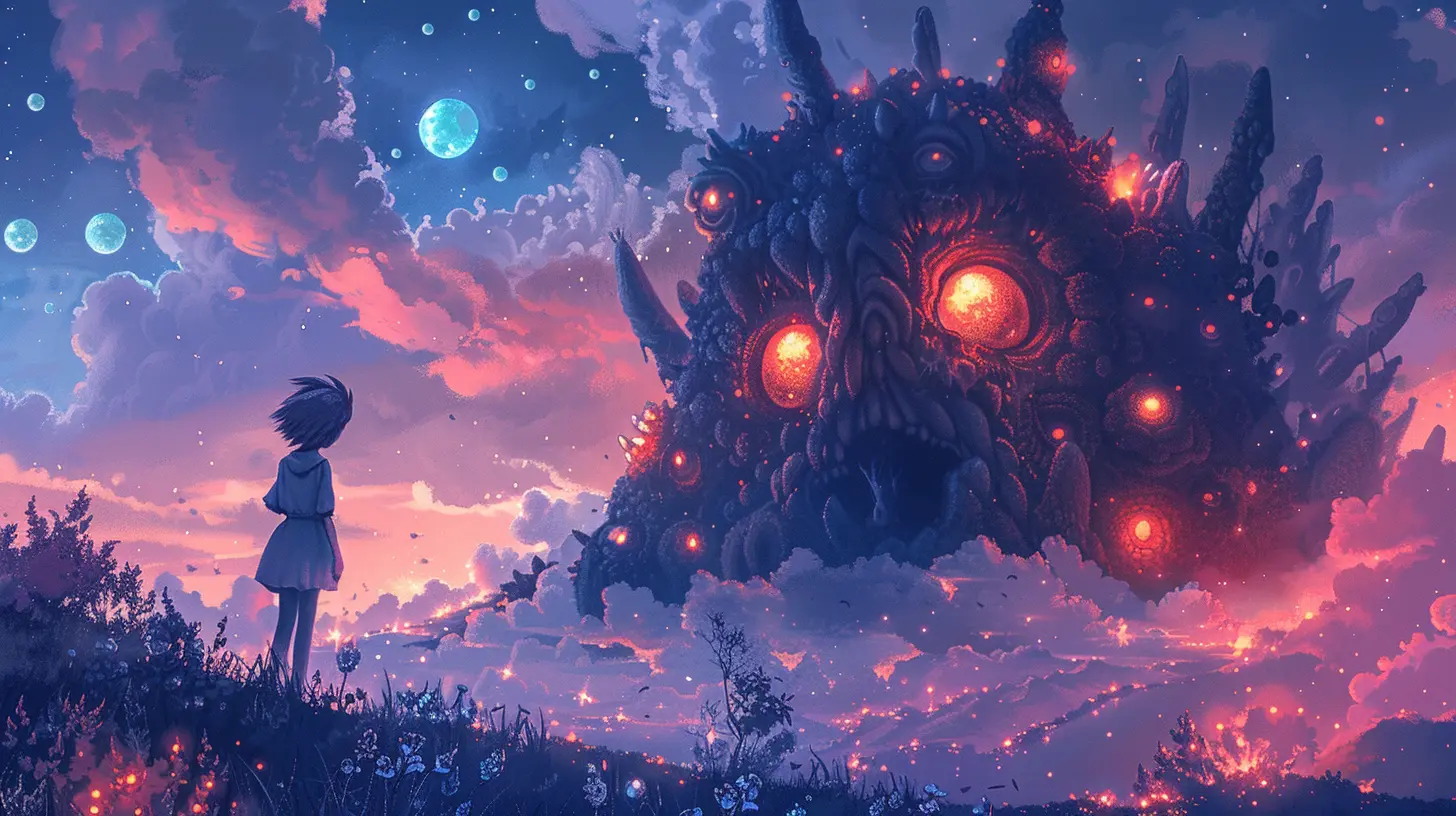
Why Monetization Matters (and Why It’s So Tricky)
First, let’s call out the big, awkward elephant in the room: monetization is a necessity. You’ve got bills to pay, software to maintain, and maybe even a future game to fund. But slap an obnoxious paywall in your game or bombard your players with ads, and you’ll instantly lose their goodwill faster than a speedrun world record.Here’s the conundrum: making money from your game without making players feel like they’re just wallets with thumbs requires balance. You need strategies that respect the player experience while still keeping the lights on. It’s less about squeezing every cent out of your audience and more about creating a win-win situation.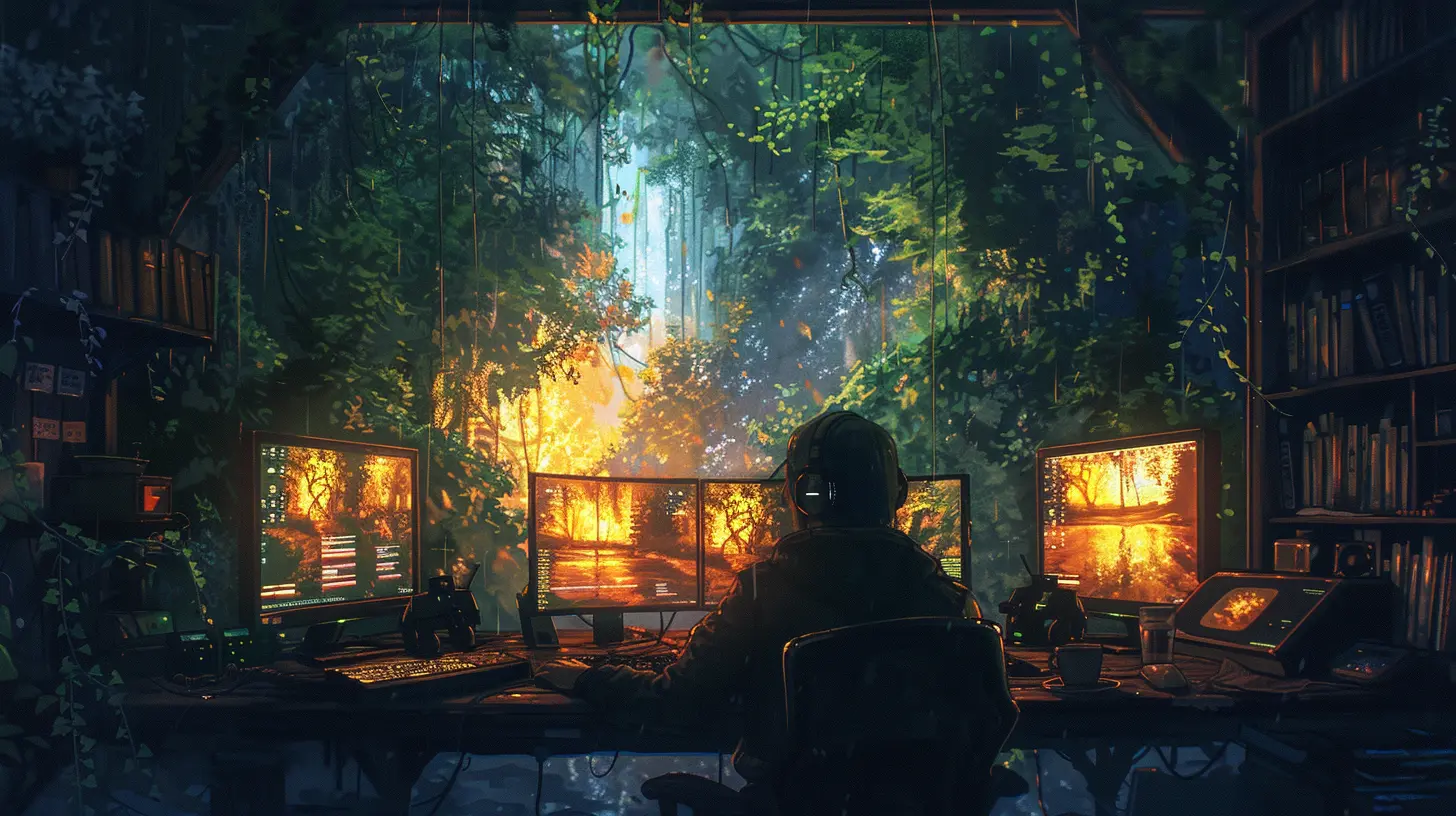
1. The Freemium Model: Give a Taste, Sell the Extras
Freemium isn’t a new concept—it’s been used in everything from mobile puzzle games to massive online RPGs. The basic idea? Your game is free to play, but you offer optional paid content to enhance the experience. Think of it like giving out free samples at a grocery store: people get a taste, and if they like it, they’ll buy the full product.How to Do It Right
- Respect the Core Experience: Don’t lock critical gameplay features behind paywalls. Players should feel like they’re getting a complete, satisfying experience even without spending a dime. The paid options should feel like bonuses, not necessities.- Cosmetic Purchases: Skins, avatars, and other visual upgrades are perfect for this model—they don’t impact gameplay, but they let players personalize their experience.
- Season Passes: Offer seasonal content with unique rewards, but make sure there’s also free content to keep non-paying players engaged.
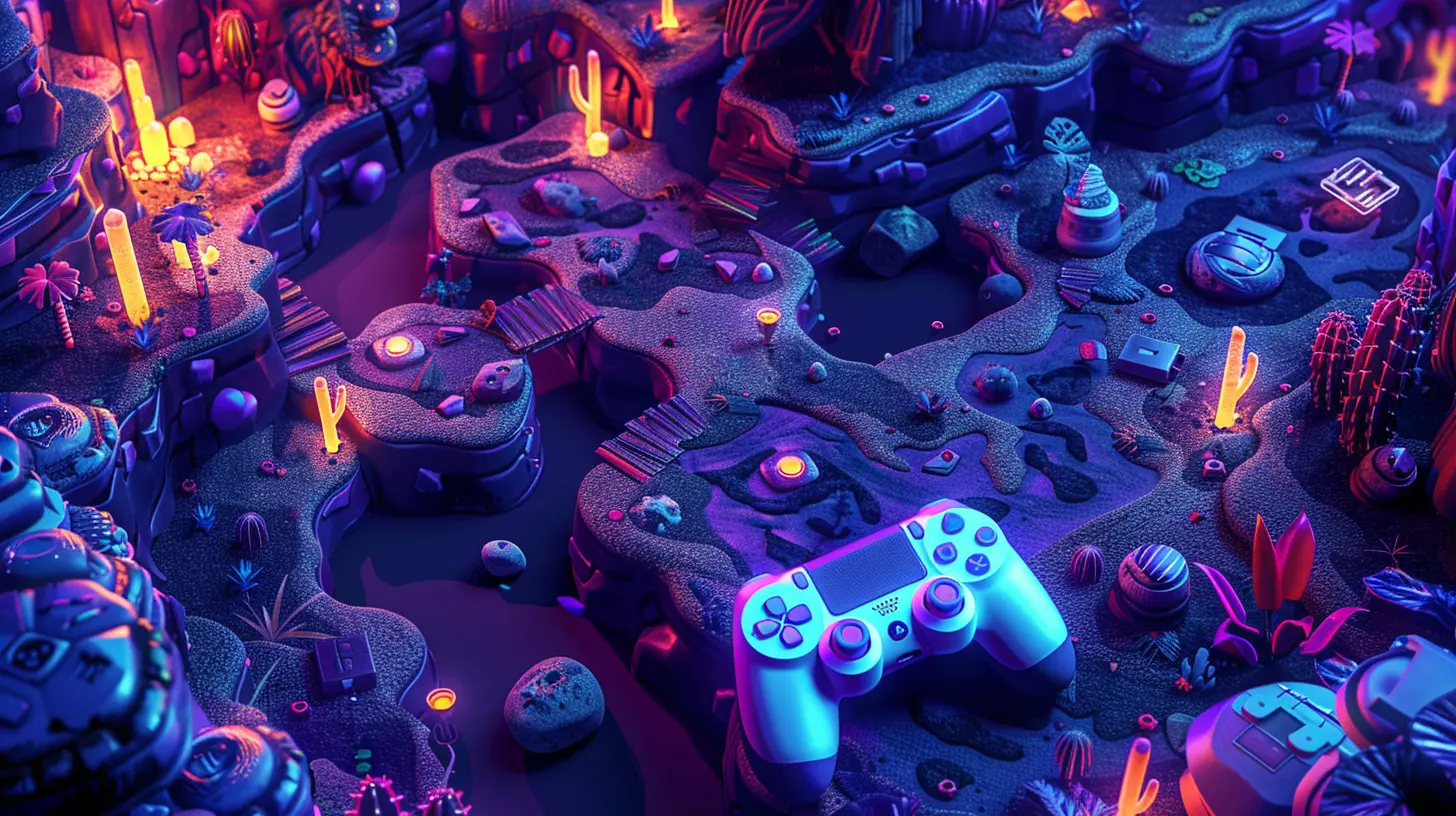
2. In-Game Advertising Without the Rage Quit
Ah, ads. Nothing disrupts immersion like a poorly timed, unskippable ad. That said, advertising can be a solid revenue source—if handled with care. The trick is to integrate ads in a way that doesn’t annoy your players or disrupt the flow of your game.Smart Advertising Tactics
- Rewarded Ads: Let players choose when to watch ads in exchange for in-game perks, like extra coins or a second chance after dying. This feels less intrusive because the player opted in.- Native Advertising: Blend ads seamlessly into the game world. For example, a racing game could feature billboards with real-life brands. Done right, it can even add realism to your game.
- Frequency Matters: Don’t overdo it. If ads pop up every 30 seconds, you’re not monetizing—you’re torturing your players.
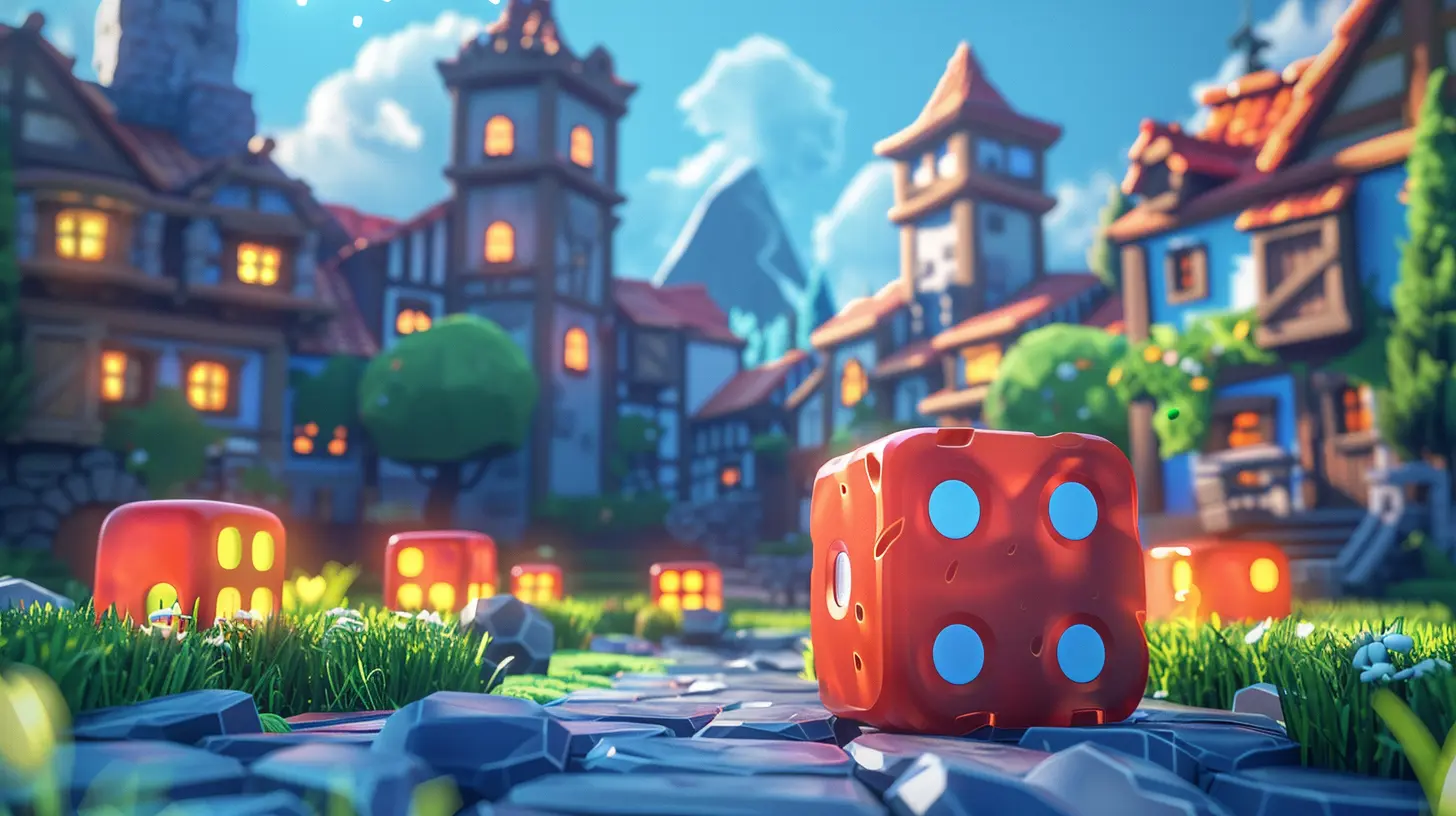
3. One-Time Purchases: Keep It Old-School
Sometimes, the simplest solutions are the best. Offering your game as a one-time purchase is a classic monetization model that still works like a charm—especially if your game offers a tight, polished experience that feels worth the price tag.Why It’s Still Relevant
- Transparency: Players know exactly what they’re paying for upfront. No shady microtransactions, no surprise costs—just a fair exchange.- Build Trust: A paid upfront game can feel more premium, which appeals to players willing to invest in quality. It also helps avoid the stigma that sometimes comes with free-to-play games.
Bonus Tip
If you go this route, a free demo can work wonders. Let players test the waters before diving into the full game. It’s like trying on jeans before buying them—nobody likes paying for something that doesn’t fit.4. Crowdfunding: Let the Fans Fund You
Crowdfunding platforms like Kickstarter have been absolute game-changers (pun intended) for indie developers. By pitching your idea upfront and letting players invest in it, you’re not just raising money—you’re also building a community of passionate supporters before your game even launches.Pro Tips for a Killer Campaign
- Engage Early: Share your development process, concept art, and updates. People love being part of the journey.- Offer Meaningful Rewards: From exclusive in-game content to physical merch, give back to your backers in ways that feel special.
- Be Honest: Make realistic promises about timelines and deliverables. Nobody likes backing a game that turns into vaporware.
5. DLC Done Right: Expand, Don’t Exploit
Downloadable content (DLC) has a bit of a bad rap—thanks, greedy big-budget studios—but it can actually be a killer way to monetize if done right. The key is to make it feel like a genuine expansion of the base game, not content that was deliberately cut to sell later.What Makes Good DLC?
- Meaningful Content: New levels, characters, or storylines that add depth to the game.- No Pressure: The base game should feel complete without the DLC. Make it a cherry on top, not the rest of the sundae.
- Reasonable Pricing: Keep the price fair—players should feel like they’re getting good value.
6. Merchandise: Bring Your Game Into the Real World
If your game has a strong aesthetic or memorable characters, merchandise can be a surprisingly effective moneymaker. Fans love showing off their favorite games, whether it’s through t-shirts, mugs, plushies, or posters.How to Make It Work
- Start Small: You don’t need a whole merch store right off the bat. Test the waters with a few high-quality items first.- Use Print-on-Demand Services: Platforms like Printful or Teespring minimize upfront costs and make it easy to sell merch without keeping inventory.
- Promote Within the Game: Subtly remind players that merch exists. A little button in the main menu doesn’t hurt.
7. Subscriptions: Steady Income, Happy Players
Subscriptions can be a goldmine if your game offers ongoing value. Whether it’s regular content updates, exclusive perks, or a premium ad-free experience, subscriptions give players a reason to stick around—and give you a steady revenue stream.Ideas for Subscription Perks
- Exclusive Content: Think premium skins, levels, or storylines.- Priority Access: Let subscribers beta-test new features or content before anyone else.
- Community Perks: Private Discord channels, in-game badges, or other ways to make subscribers feel special.
8. Community-Driven Support: Patreon and Beyond
Sometimes, your biggest fans just want to support you—and platforms like Patreon make it ridiculously easy for them to do so. By offering behind-the-scenes access, exclusive content, or even a simple "thank you" tier, you can create a space where your most dedicated players can contribute to your success.Why It Works
- Low Pressure: Players don’t feel forced to pay—they’re choosing to support you because they want to.- Build Loyalty: Fans who back you on Patreon are more likely to become lifelong supporters.
- It’s Personal: Patreon lets you connect with your audience on a deeper level. Share dev diaries, sneak peeks, or even livestream development sessions.
Striking the Balance: Player Respect Is Everything
At the end of the day, the golden rule of monetization is simple: respect your players. They’re not just your source of income—they’re the lifeblood of your game. If you listen to their feedback, prioritize their experience, and build systems that feel fair and transparent, they’ll actually want to support you.Remember, players can smell greed from a mile away. But if they feel like you genuinely care about their enjoyment, they’ll happily open their wallets—not because they’re forced to, but because they trust and appreciate your work.
Final Thoughts
Monetizing an indie game without killing the fun isn’t easy, but it’s absolutely possible. Whether you’re going with a freemium model, selling merch, or crowdfunding your dream project, the key is to keep the player experience front and center. Think of your game as a dinner party—you’re the host, and you want your guests (players) to leave satisfied, not feeling like they’ve been tricked into paying for appetizers.Get creative, experiment with different strategies, and most importantly—stay true to your vision. The right monetization model won’t just make you money; it’ll also create a thriving, supportive community that sticks with you for years to come.
all images in this post were generated using AI tools
Category:
Game DevelopmentAuthor:

Greyson McVeigh
Discussion
rate this article
3 comments
Sebastian Luna
Thank you for this insightful piece! It's crucial for indie developers to balance monetization with player enjoyment. Your suggestions highlight how creativity can thrive without compromising fun, making the gaming experience richer for everyone. Excited to see how these ideas evolve!
June 1, 2025 at 4:12 PM

Greyson McVeigh
Thank you for your kind words! I'm glad you found the piece helpful and share the same excitement for balancing monetization with player enjoyment. Your support means a lot!
Michelle Snow
Great insights on balancing monetization and player enjoyment! It’s crucial for indie developers to prioritize fun while generating revenue.
May 30, 2025 at 4:03 PM

Greyson McVeigh
Thank you! Striking that balance is key to sustainable success in indie game development.
Valeria McKellar
Great insights on balancing monetization with gameplay! It's crucial for indie developers to maintain fun while generating revenue. Well done!
May 29, 2025 at 3:53 PM

Greyson McVeigh
Thank you! I'm glad you found the insights helpful. Balancing fun and monetization is key for indie success!


